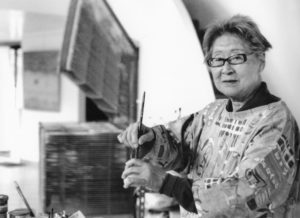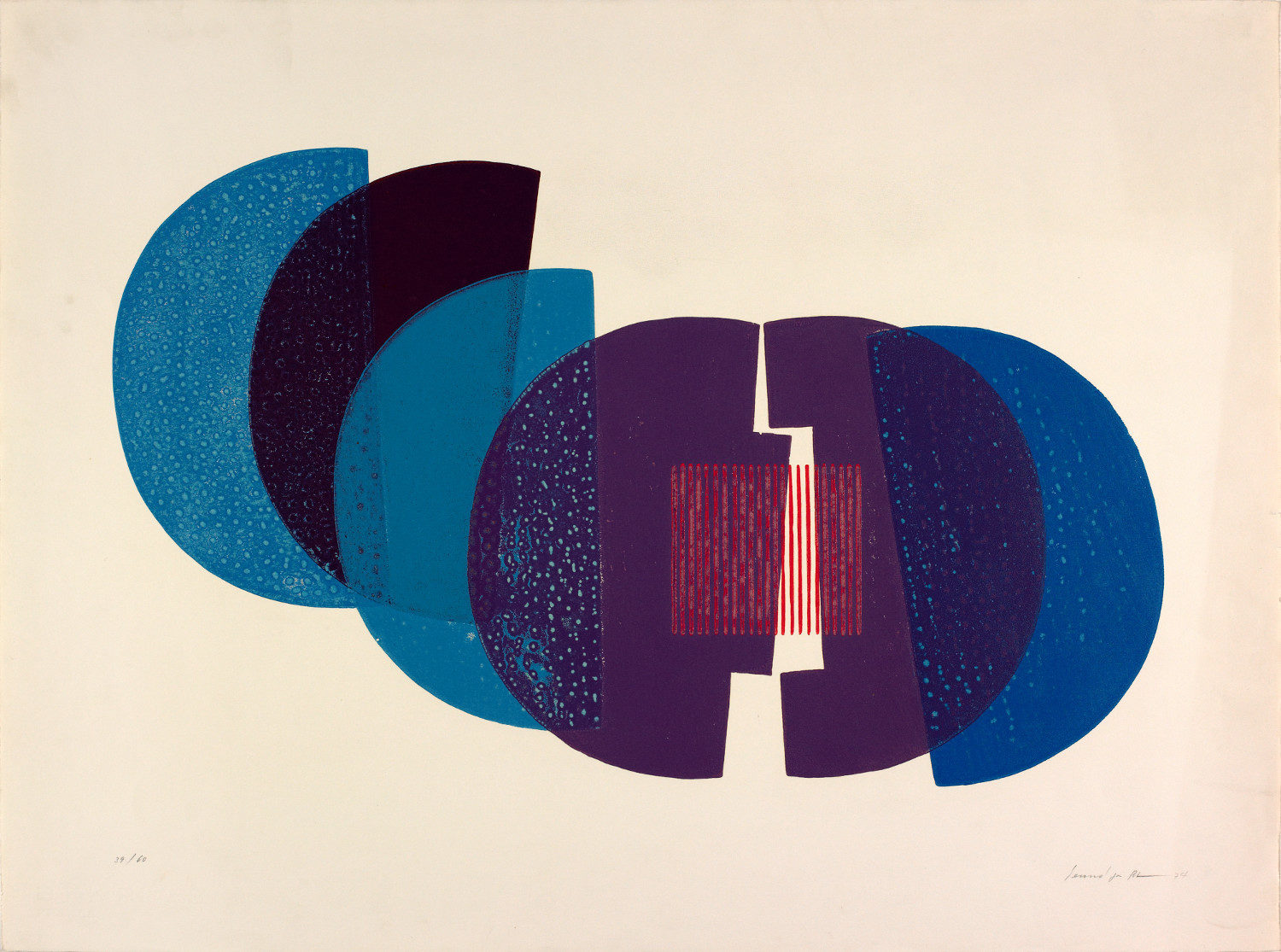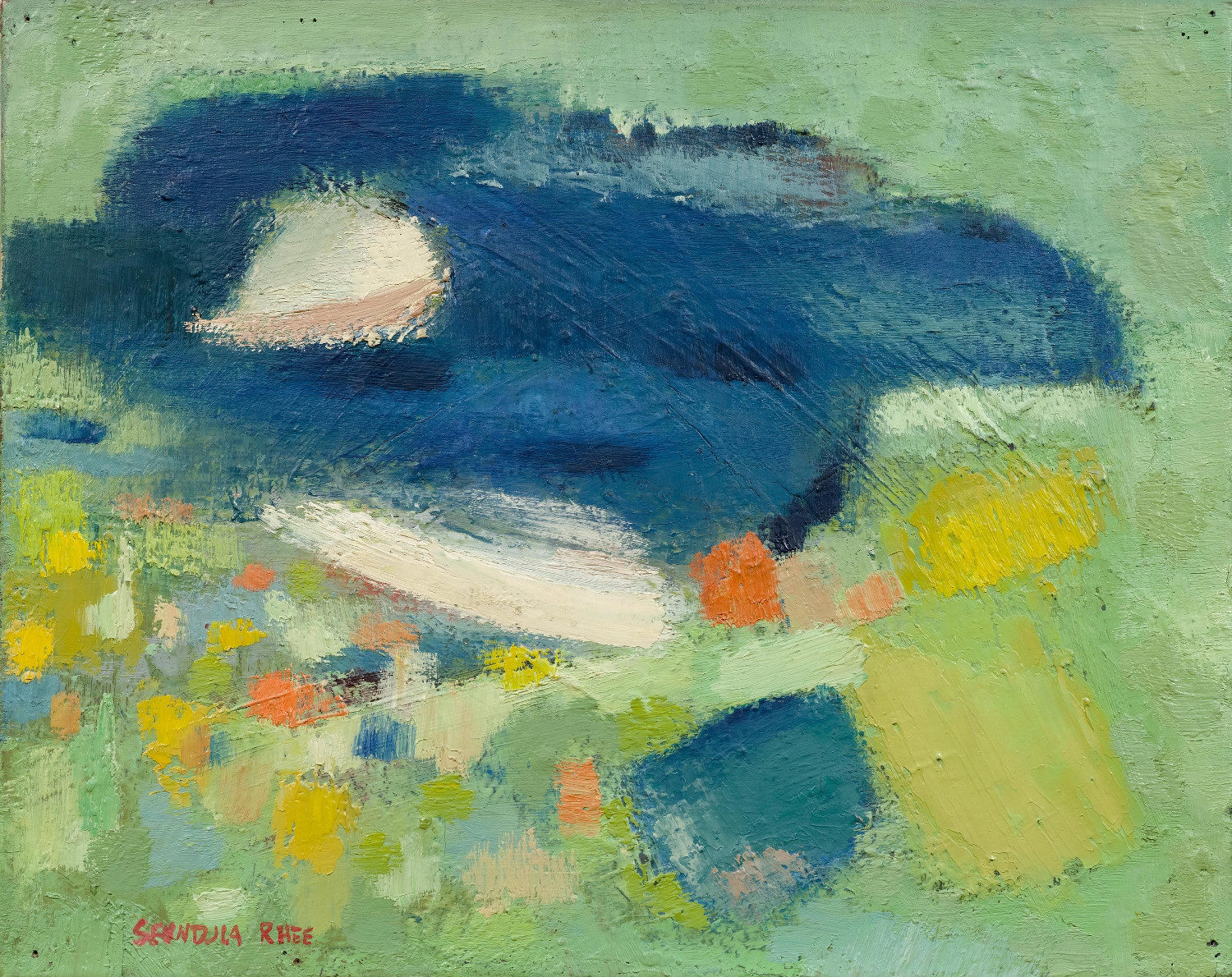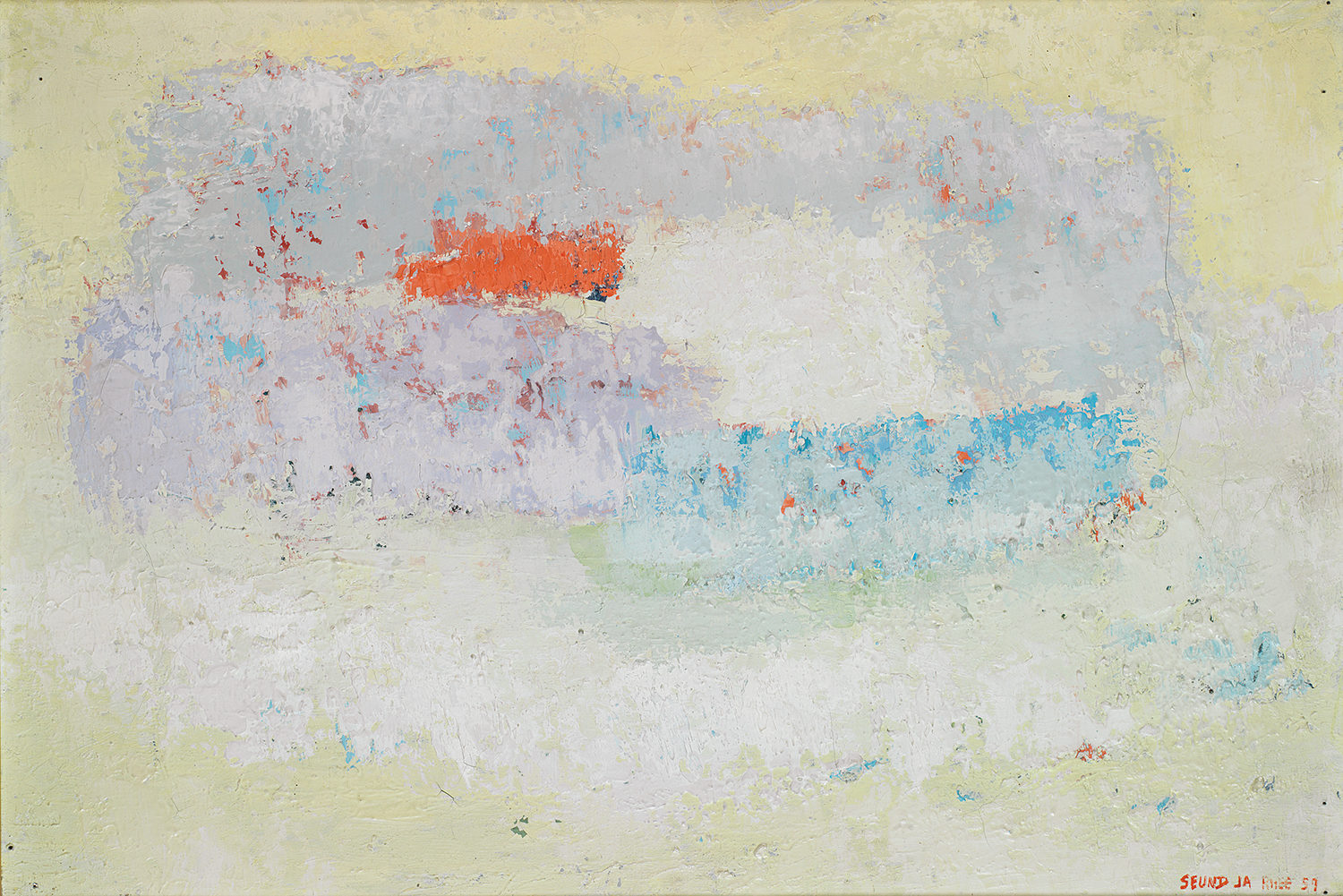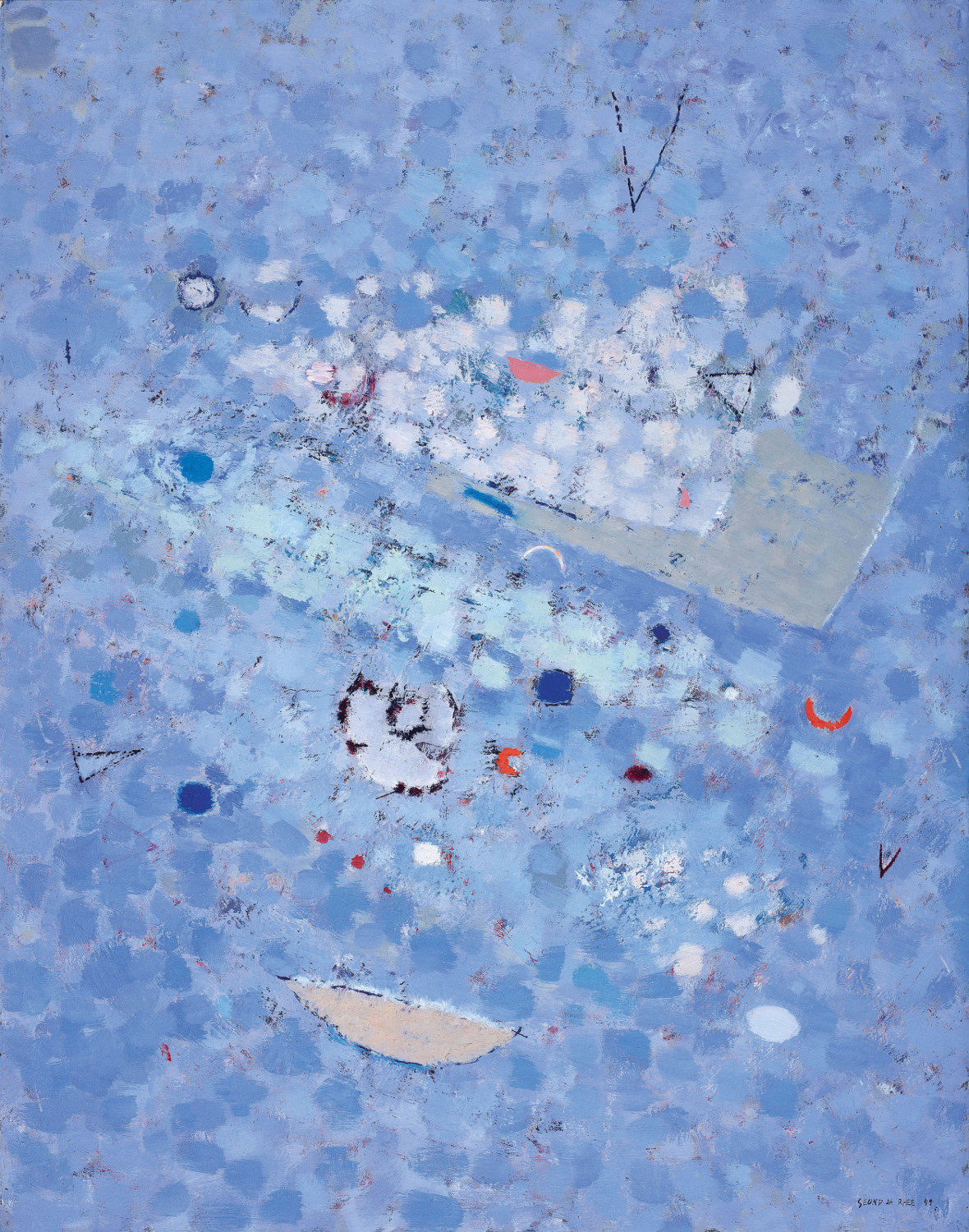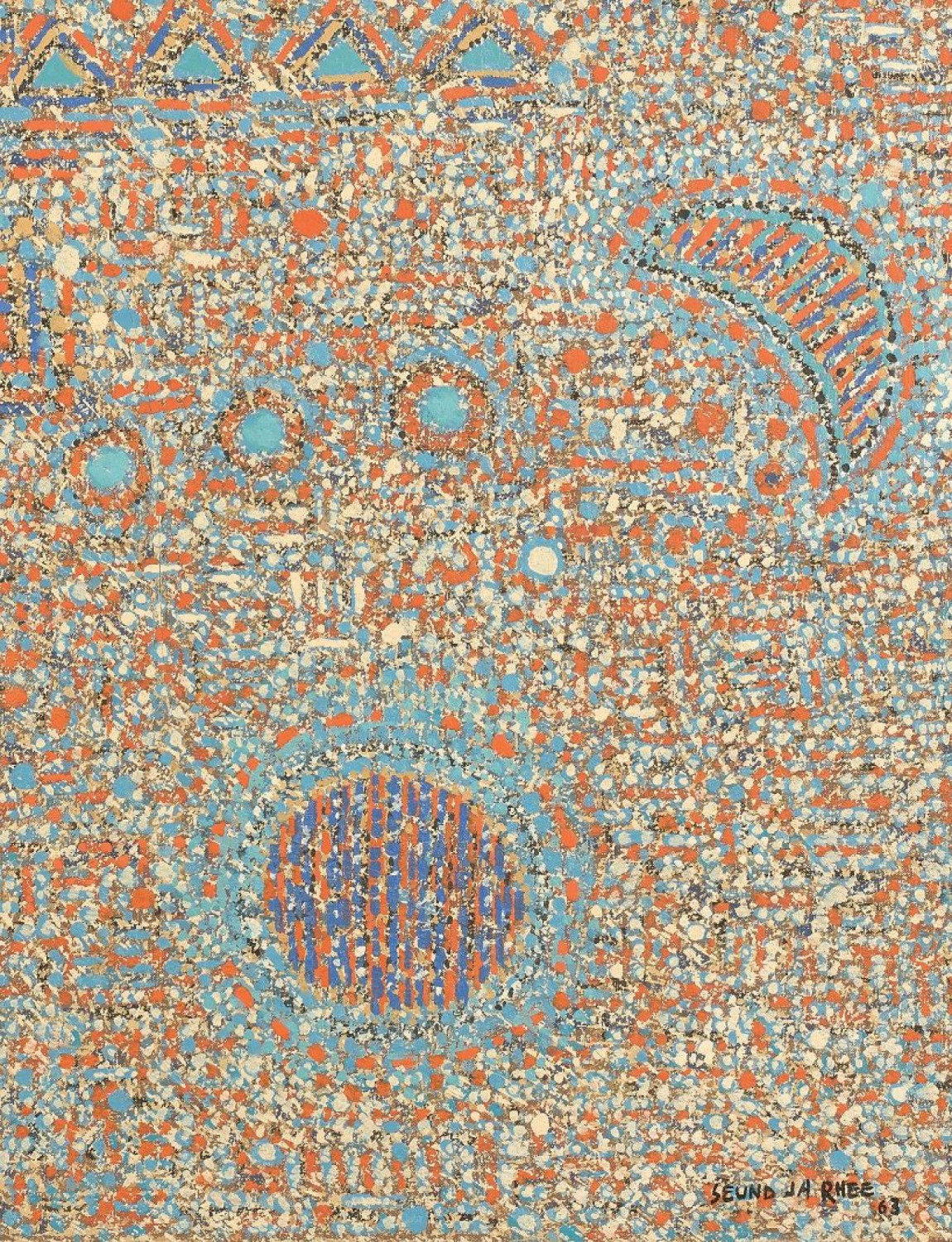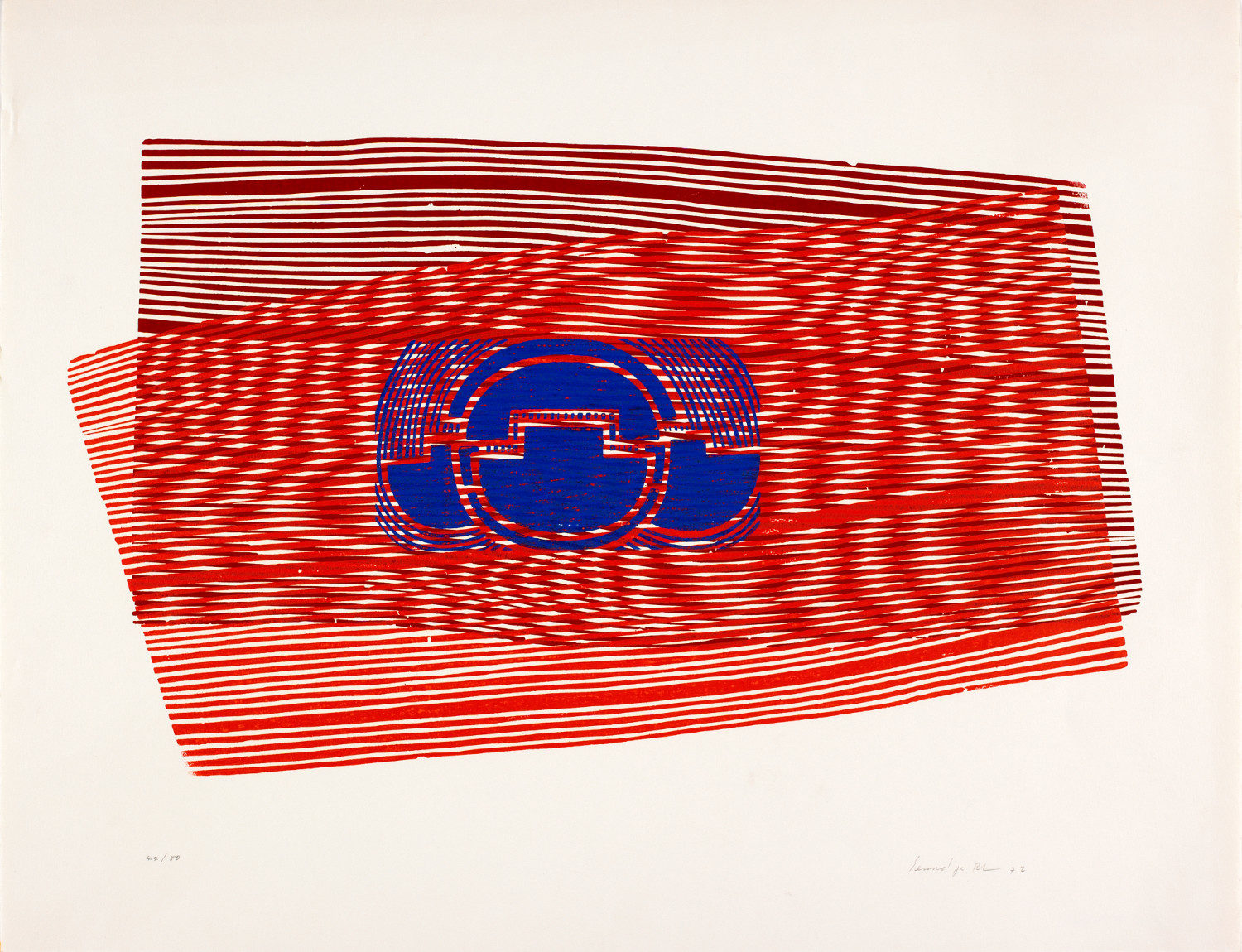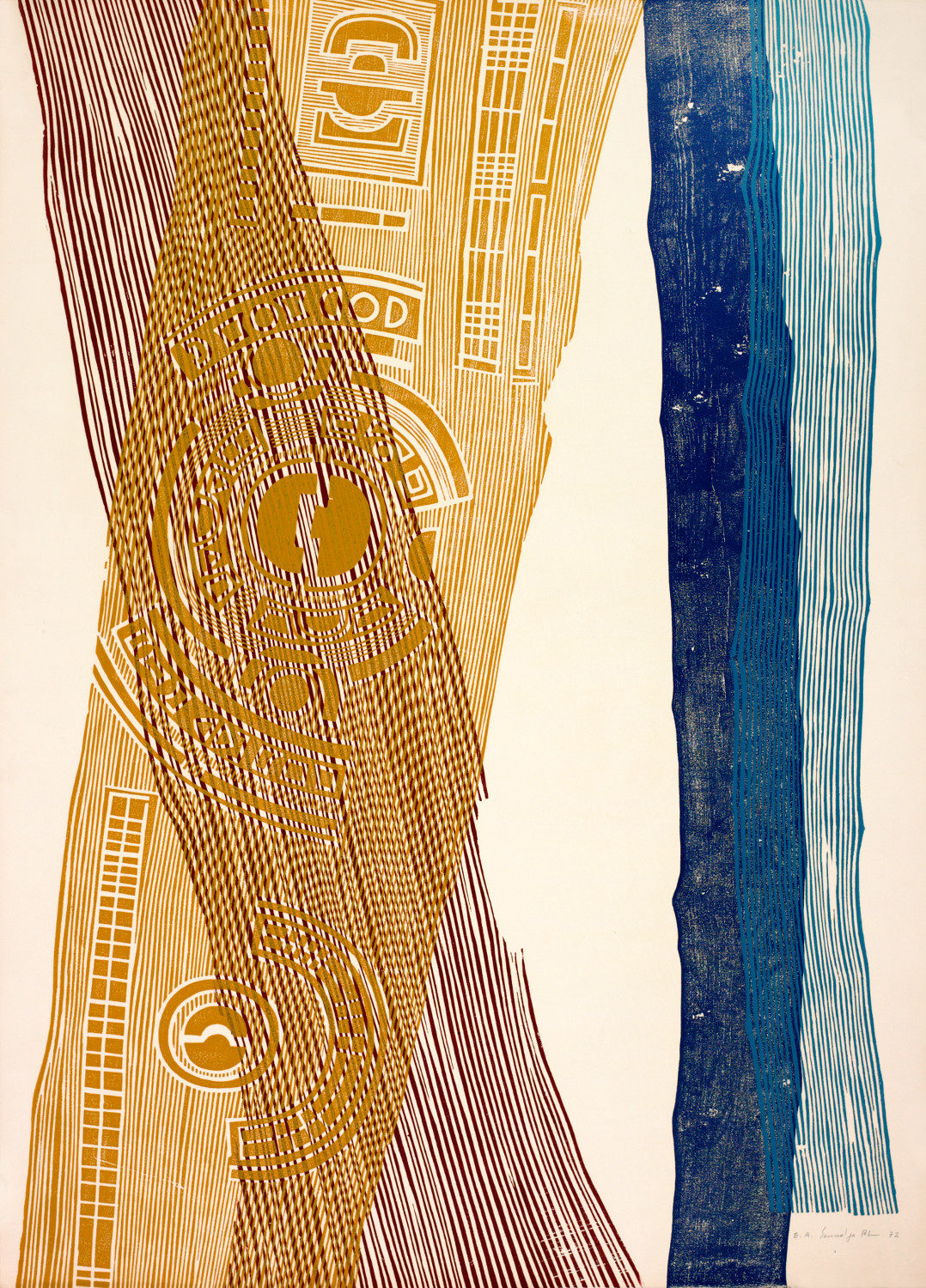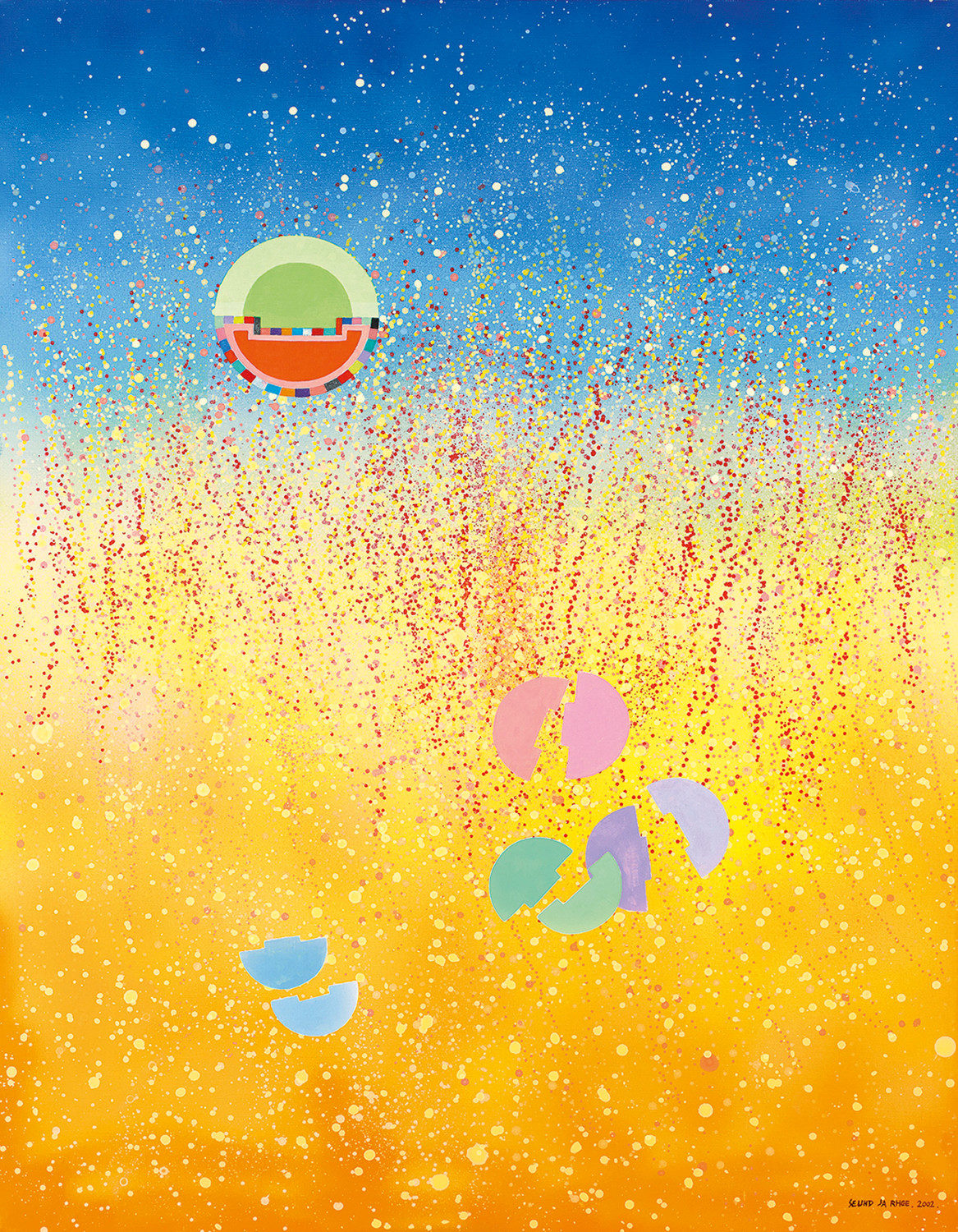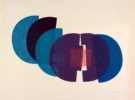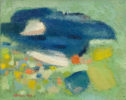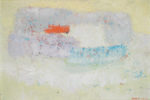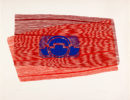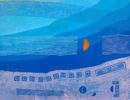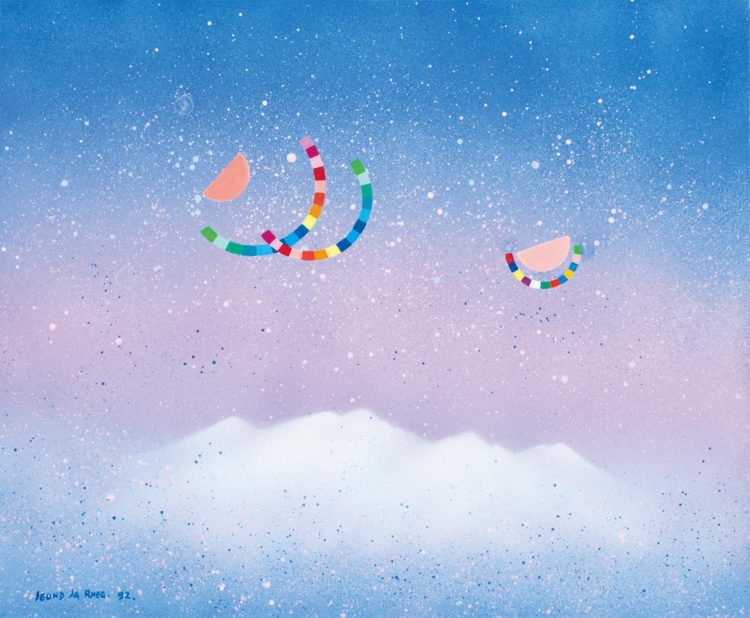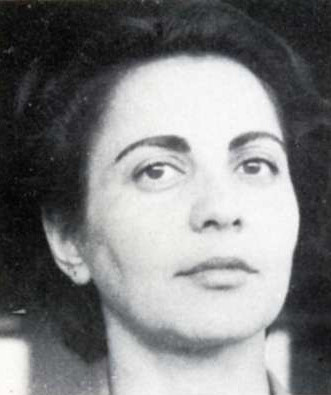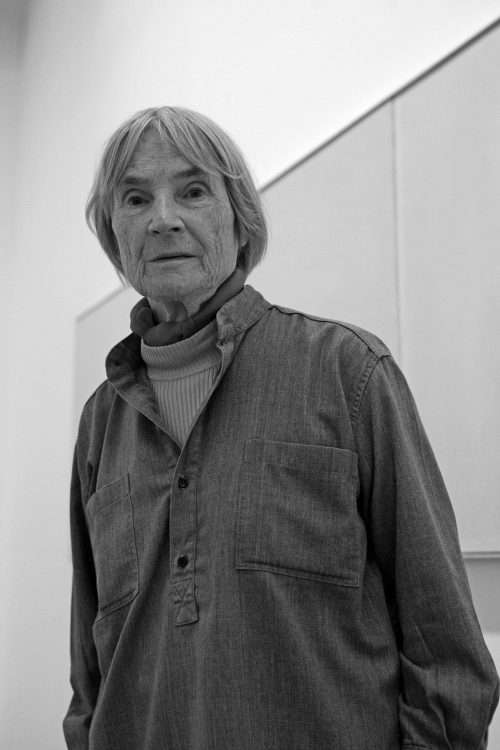Seund Ja Rhee
Comentale Christophe & Leroy-Crèvecœur Marie, Seund Ja Rhee : catalogue raisonné de l’œuvre gravé, 1957-1992, Villenave-d’Ornon, Fus-Art, 1993
Seund Ja Rhee : 30 ans à Paris : tableaux intemporels, gravures sur bois, céramiques, Centre culturel coréen, Paris, October 1981
→Apesanteur enchantée, œuvres de Seund Ja Rhee, Musée des Arts Asiatiques de Nice, 30 May – 12 September 2016
→Rhee Seundja. Road to the Antipodes, National Museum of Modern and Contemporary Art, Séoul, 22 March – 29 July 2018
South Korean painter, engraver, and ceramicist.
Seund Ja Rhee studied at the Jinju Girls’ High School and at the Jissen Women’s College in the administrative district of Tokyo. She was separated from her three children by the Korean War, and left Asia to settle in Paris in the early 1950s. She continued her artistic training at the Grande Chaumière academy, with Henri Goetz and Yves Brayer. Her early paintings were marked by depictions of her everyday life in Europe and an esthetic close to that of abstract art. One painting in particular, La Neige sur la rue Vaugirard [Snow on the rue Vaugirard, 1956], attracted the attention of Parisian critics for its sharp contrasts of light and dark colours, edging on abstraction. During the following years, she introduced basic geometric figures, such as lines, triangles, squares, and circles, which appear simultaneously as subject and as background. Today this period in her output is often named “Woman and Earth”.



